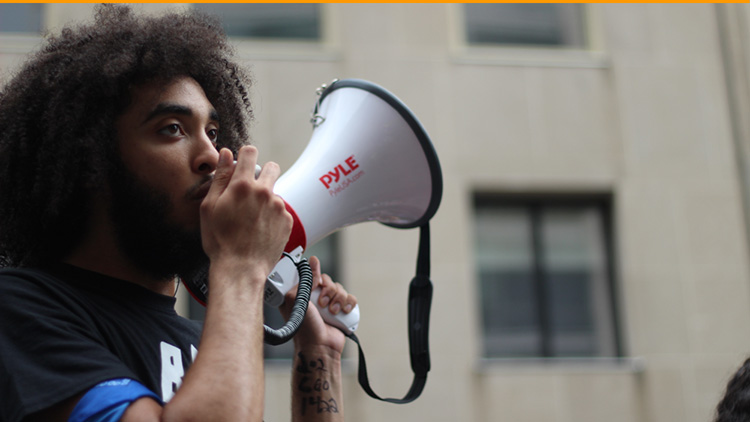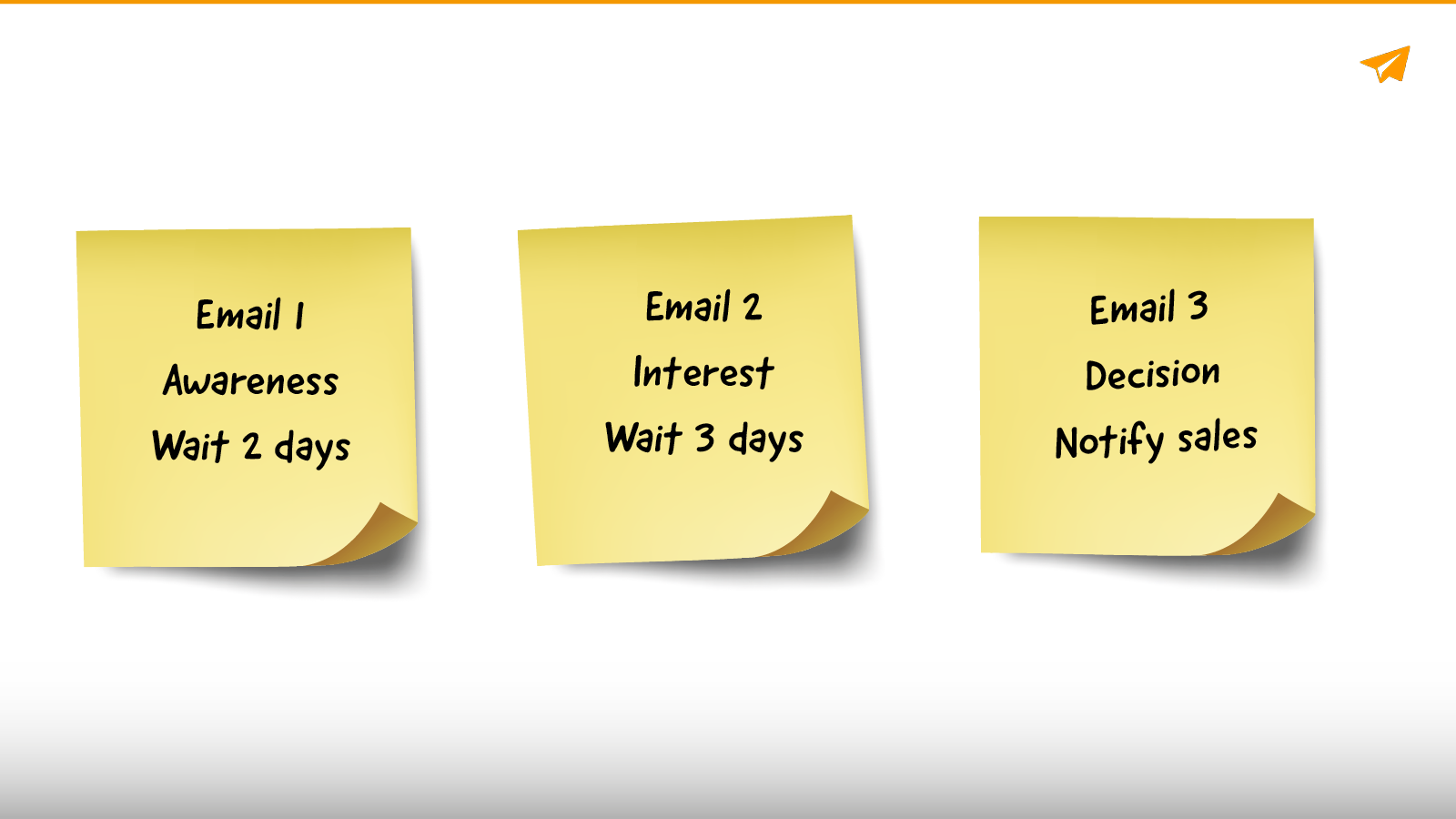Blog
CATEGORY: Best practiceemail-marketing
Addressing all aspects of the sales funnel with email, with Tim Watson

This week we are talking to the inimitable Tim Watson from Zettasphere about addressing the needs of every stage of the funnel with broadcast and automated emails. With 14 years of experience focusing exclusively on email strategy, twice elected member of the DMA Email Council and Chair of the best practice hub Tim understands the challenges faced by modern marketers. Acknowledged international speaker, across over half a dozen countries, Tim provides email marketing advice trusted by brands big and small.
Broadcast vs automation
There has been a lot of coverage of the benefits of automation over the last few years, it is not a new topic. But a large number of business’ are still yet to capitalise on the benefits that are revered all over the web.
But there is something that we need to consider and keep in mind as we read the endless tomes about the undoubted benefits of email automation – automation is not the full story. It is not necessarily the silver bullet that it is hailed to be. There is no doubt that it has its place but that is not to the complete dismissal of traditional email tactics.
As Tim confirms “Automation is great, but it shouldn’t be used to replace your broadcast strategy, it should be used to enhance it. The best result comes from being smart about your automation and being smart about your broadcast. It isn’t the case that you need one or the other”
Email works hard for you in every aspect of the buyer journey and whilst broadcast emails seem to be getting a bad rep, mainly from the automation advocates, this view is blinkered as these promotional mailings also need to form a key part of your communication plan.
It is the epitome of pull and push, but in a single channel. The difference between demand generation and demand response. It is all about who instigates the conversation.
Demand generation
The job of demand generation is to open the eyes of the audience to things that they didn’t know they wanted or indeed needed. Providing information on things that they were not aware of, including cross-sell and promotions and so on.
“Demand generation is about letting people know that they can solve problems, they possibly didn’t even know they had. Maybe open their eyes to opportunities that they didn’t know were out there.”
Demand Response
Whilst demand response simply has to provide a positive experience to an already engaged prospect. Here the prospect is already aware of their need and potentially that yours is a suitable solution to their desire or pain-point, they have self-identified your offer and have sought you out through other channels i.e. google search. The critical thing here is that they already know that such a thing exists, you can potentially provide it and perhaps most importantly they are actively seeking it.
Logically it is not surprising then that automated emails have a higher engagement rate than traditional broadcast. If your recipient is already expecting to receive your message then they are more likely to engage with it – they are already primed and ready for action. It is a step away from a transactional email – your contact has already interacted with you, is looking for you and is engaged…. So it would be ridiculous to think that it would show the same levels of response to a contact you have instigated the conversation with, rather than vice versa.
“Automation is primarily a demand response mechanism. A welcome series, for example, will only kick in when someone puts their hand up and says “yes I am interested in your brand, tell me more” as is the classic abandon cart email, which everybody loves. They have to have progressed a long way down the funnel before the automation has a chance to begin”
The best of both worlds
But there is no reason that the two communication streams cannot maximise their effectiveness by working in tandem. It is not a case of either or.
Automation requires someone to do something before they can trigger the communication flow, and gives you the opportunity to play with cadence and frequency.
There is however good reason, to use traditional broadcast email to direct contacts towards the pages where the automations then take over. Serving as a nudge to initiate the interest which is then picked up and nurtured by the automated campaign series.
But how often when you are creating a broadcast type message, like a newsletter or similar, do you consider the pages that act as the automation trigger points? Thereby using the broadcast to feed the automation.
Broadcast messages invite contacts to display the behaviour that then sets them on the nurture journey.
You also cannot forget the fact that automations can be lengthier to set up, but for them to be successful in terms of business results they still need a decent level of traffic to pass through the steps. Your conversion rate could be 20% but if only 5 people take the journey that is not going to significantly help your bottom line.
It is simply the electronic replication of the situation that plays out every day on the high street. Broadcast is your shopfront, or your billboard campaign and your sales assistants are your automated series. And just as your sales assistants will only focus on your hottest prospects, your sales team have the data from your campaigns to ensure that they equally only focus on the very best opportunities.
If you would like more information about dovetailing your broadcast and automated email strategies our Customer success team will be more than happy to help and advise you.
Solutions
Email marketing healthcheck
We are confident that we can help you, which is why we offer a free healthcheck to identify potential issues with your current programme and free advice on things that could be done to improve it.


